COMING UP NEXT WEEK:
I will be at the NW Marine Artworks Open Studios for Saturday only.
Hours are 10AM -4PM. I will have original artworks, publications, ceramics and other items. I will be offering these at discounted prices just for the duration of the studio sale. If you’re in the Portland area come by and see me.
AN OFFER: For the month of December, I am offering a 30% discount on yearly subscriptions to The Whole Live Animal. I will keep most of the content free, but there is going to be more paid subscriber content coming up. Supporting this Substack helps to support my work as I expand the offerings here. Here is the link. And now to the essay.
It has become a tradition in our house on Thanksgiving Day to watch the entirety of The Lord of the Rings movies. I pop the first DVD in around 9AM. By dinnertime, Faramir is ready to let Frodo, Sam and Gollum continue on. By the time The Return of the King I’m watching solo. Since the pandemic, Thanksgiving is generally just the three of us. For years we were part of a massive chosen family dinner. That energy dissipated after covid. I used to preserve my watching of the films until the week before Christmas. Now it is Thanksgiving. Concurrently, I find sustenance in a yearly re-reading of the books starting with The Hobbit. I can see this being dismissed as a nerdy retreat into fantasy. The opposite is true for me. Re-engaging in Tolkien’s work is a direct connection to an image world and set of beliefs that guides me. Of course, nostalgia plays a big part. I first read The Hobbit when I was twelve years old. It electrified my imagination. However, there is something more steadfast than mere nostalgia at play.
Before I knew anything about the Edwardian world that shaped Tolkien or the specifics of the Welsh, Irish and Norse mythology he drew from, The Lord of the Rings touched a chord in me that rang with the numinous sense of the natural world. The descriptions of the starry skies and characters like Tom Bombadil (sadly left out of the films) rang true in my little scrubby, wooded lot in Bridgeport, Connecticut. At different stages of my life reading The Lord of the Rings would realign that vibrational connection to the living world.
As I learned more about the history through which Tolkien lived, the books seemed to be an allegory; something that Tolkien was adamant they were not. On its face the stories do line up with the broader European wars of the twentieth century. When I was in early adulthood, I thought that the lady doth protest too much. Now, I have to agree with Tolkien. You could apply the allegorical lens to many different times. Tolkien was a scholar of myth and language. He had a long view of history. Tolkien understood the language of story. It is why an American kid in the late 1970s could find purchase in the story and the twenty plus year old films seem to speak to the current moment.
In 2022 I saw an incredible lecture through the Friends of Jung in Portland, Oregon. Becca Tarnas PhD presented a lecture called The Synchronicity of the Two Red Books: Jung, Tolkien and the Imaginal Realm. She linked up the visionary, seminal works of Jung and Tolkien. Jung wrote the Red Book in 1913 just before the outbreak of WWI. He began having visions and dreams of huge floods. It precipitated a feverish plunge into what would become his visionary work of paintings and writings that formed the underpinning of his subsequent work. Around the same time, Tolkien began having similar dreams of Atlantis’s destruction. Out of these visions of civilizational collapse, unaware of each other, they formed bodies of literature that still inform us. Both dealt with the confrontation with the shadow that lies not just in the individual psyche but the cultural psyche.
Tolkien was claimed by conservatives and liberals alike. He was known to be a very buttoned down professor, a life long Catholic and a dreadfully boring lecturer. His friendship with C.S. Lewis, author of the Narnia series is the subject of several recent academic books, films and exhibitions. They shaped the literary genre we now call “fantasy”. Both have been dismissed as patriarchal, retrograde and guilty of papal subterfuge. While that may be true in part, it short-changes the whole story. The binary lenses we apply that make something “conservative” or “liberal” are flawed. The results of the election should tell us as much. Tolkien’s work stands because you can’t really lay an idealogical bead on him.
When the first film came out, it was the last time I was dazzled by the magic of a movie. I remember being completely enchanted by the seamless transition between the actors of different scales. Now some twenty years later, watching it for the umpteenth time I can spot the seams. And for a different reason, I am utterly charmed and convinced. There is a human hand at work that understands magic emerges from the cracks of the trick. In the ensuing years as CGI has become more and more convincing, big budget movies rely almost entirely on green screen and motion capture. The Lord of the Rings has weight, matter and place inscribed in every scene. I watch on DVD, not on streaming, so its full quality is present. Peter Jackson can sometimes be cringingly sincere. And that is why I love watching the films. No knowing wink at the audience, no cheap pop culture references, just aching; at times embarrassing; but ultimately refreshing embrace of the story.
The materiality of the film is another reason why I watch yearly. The Lord of the Rings is a film about craft. Everything in the film is made by craftspeople. That’s not to mention the craftsmanship of the sets and filmmaking. One of my favorite scenes to luxuriate on is early in The Fellowship of the Ring. Gandalf and Bilbo sit talking over tea in Bilbo’s hobbit house. A spread of cottage breads, cheese and cured meats sit on handmade pots and wooden trays. They drink from real hand thrown cups. It is always a reminder to me of the core that binds me to ceramics: the scared practice of the daily. The possibility of a grounded and flourishing life exists in those scenes. None of the hand wrought bows, blacksmithing or architecture feels like cheap set dressing.
Tolkien is in line with a particular turn of thought in England. John Ruskin, art critic and philosopher wrote from a place of disgust at the cheapening of the contemporary world through industrially made goods. He was a contemporary of William Morris, one of the figureheads of the Arts and Crafts movement. Morris’ utopian novel The News from Nowhere takes place in 2005. England has become a socialist, craft based egalitarian society. It’s not unlike Ursula Le Guin’s Always Coming Home. In that novel, Le Guin imagines a similar egalitarian, craft based culture thriving centuries after some unnamed disaster in what is now California.
When The Two Towers came out, the US had just entered into war with Iraq under then president George W. Bush. Viggo Mortensen, who plays Aragorn, wore anti-war t-shirts on the press junket. The themes of the film were compared to current events. At this point, the films have become so embedded in pop culture they are the source of memes, parodies and cheap knockoffs. (Consider how many people posted the clip or quoted the conversation between Gandalf and Frodo about “living in times such as these”.) I’m sure there are numerous readings across the political spectrum. Are MAGA supporters Orcs corrupted by Lord Sauron/Trump? Is the great eye of Sauron Silicon Valley or the Government? Are Sam and Frodo lovers? Or maybe the Orcs are liberals and Joe Biden is Saruman. I have my own slant (the hint is in the first example).
But I must concede, as with any good story or myth that I might think of myself as kingly Aragorn but I might really be weak-willed Theoden or hot-headed and doomed Boromir. Worse, maybe I’m just a hapless Orc. Ultimately, Tolkien is warning against the corruption of power and the systems that enable that corruption. The Ring might be the atomic bomb or social media. Either way it is a power that comes at a steep price. That is where the perennial force of the story lies. It is a reminder to stay true in the face of great danger and that even if great powers are arrayed against you, small regular folk can change the world. And so on every Thanksgiving Day as the holiday frenzy kicks off with its toxic swirl of anxiety, desperation and anticipation, I reset with The Lord of the Rings. Finally, it reminds me that even in great calamity small graces and fellowship arise. For that I am thankful.
THE NAKED BOY GRAPHIC NOVEL is now available through the Lulu Bookstore. There is a special discount for the month of December. Order your copy here.
STILL ON VIEW
American Underland is on view at The Archer Gallery at Clark College until December 20.
The Only Way to Hold a Weight: Richard Serra Prints from The Jordan Schnitzer Collection is on view at the Oregon Jewish Museum and Center for Holocaust Education. I’m giving a curator’s walkthrough on Friday December 6. You could RSVP at the website.

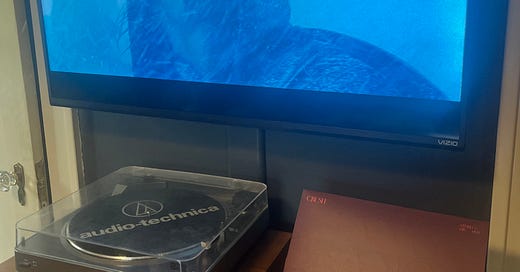



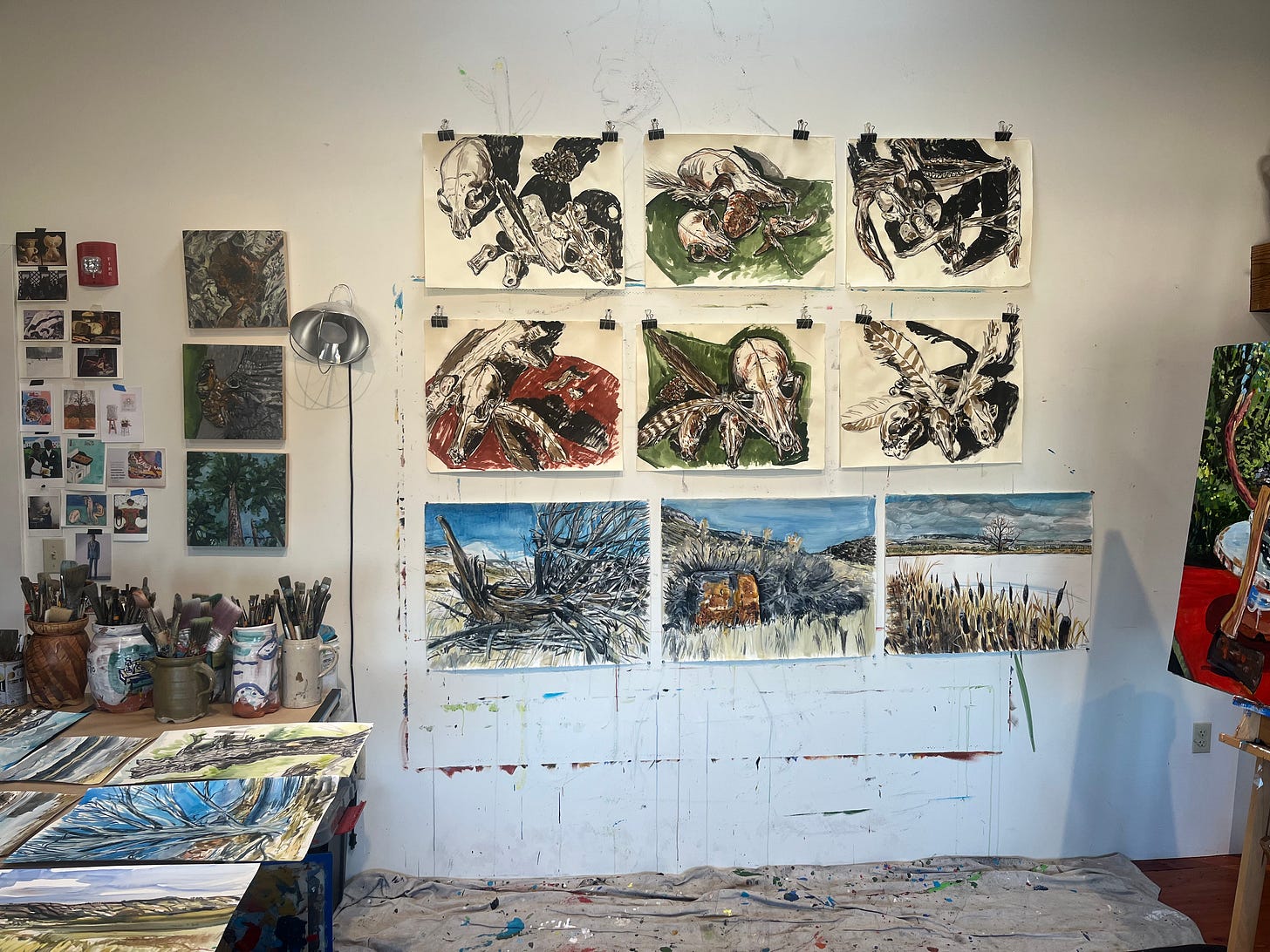

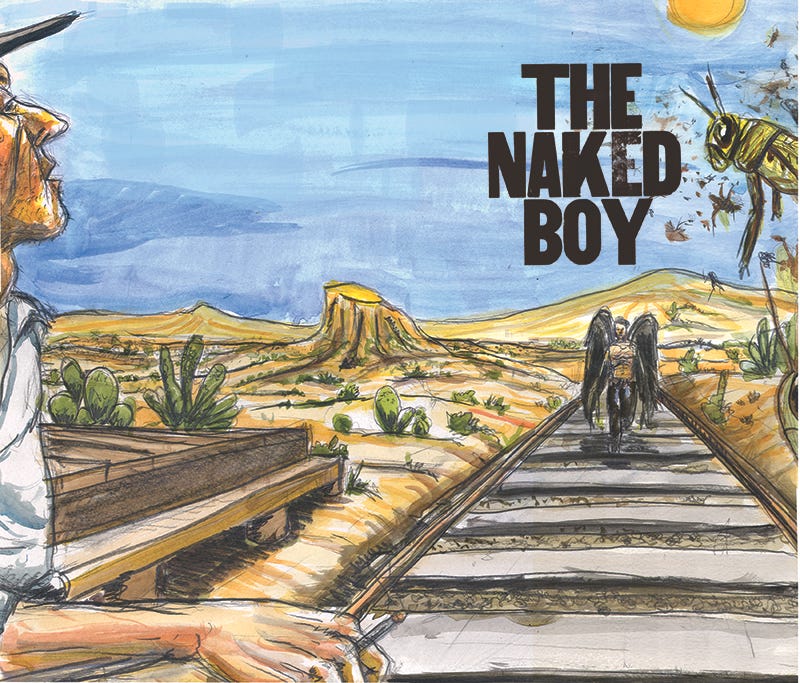
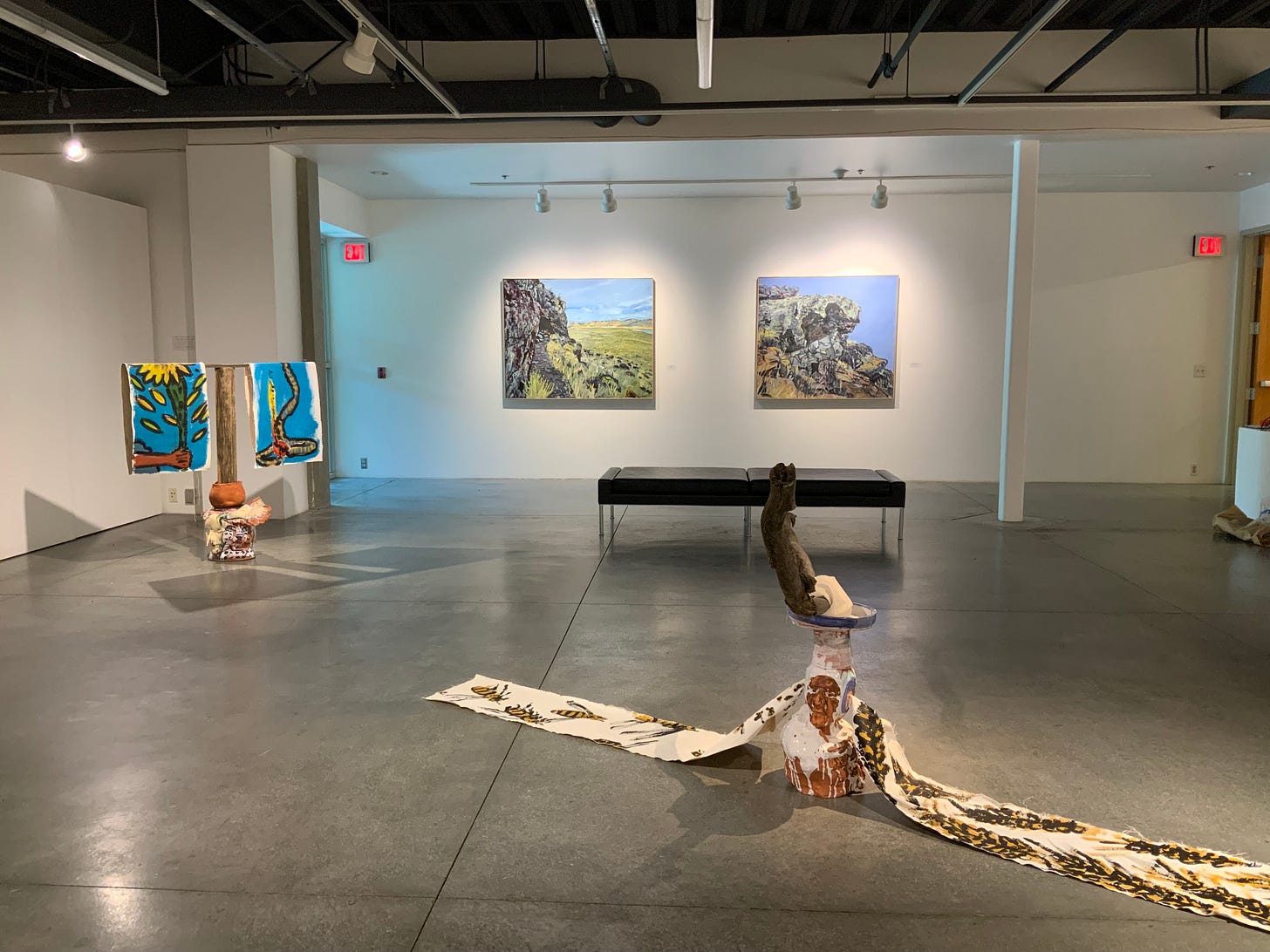
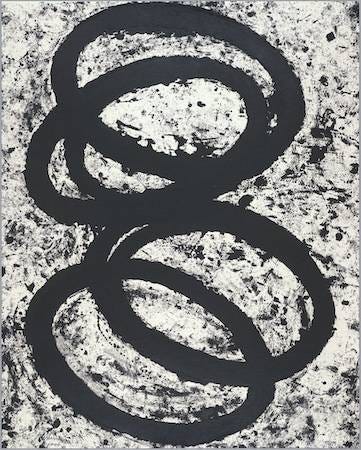
wonderful to read: makes me want to watch.